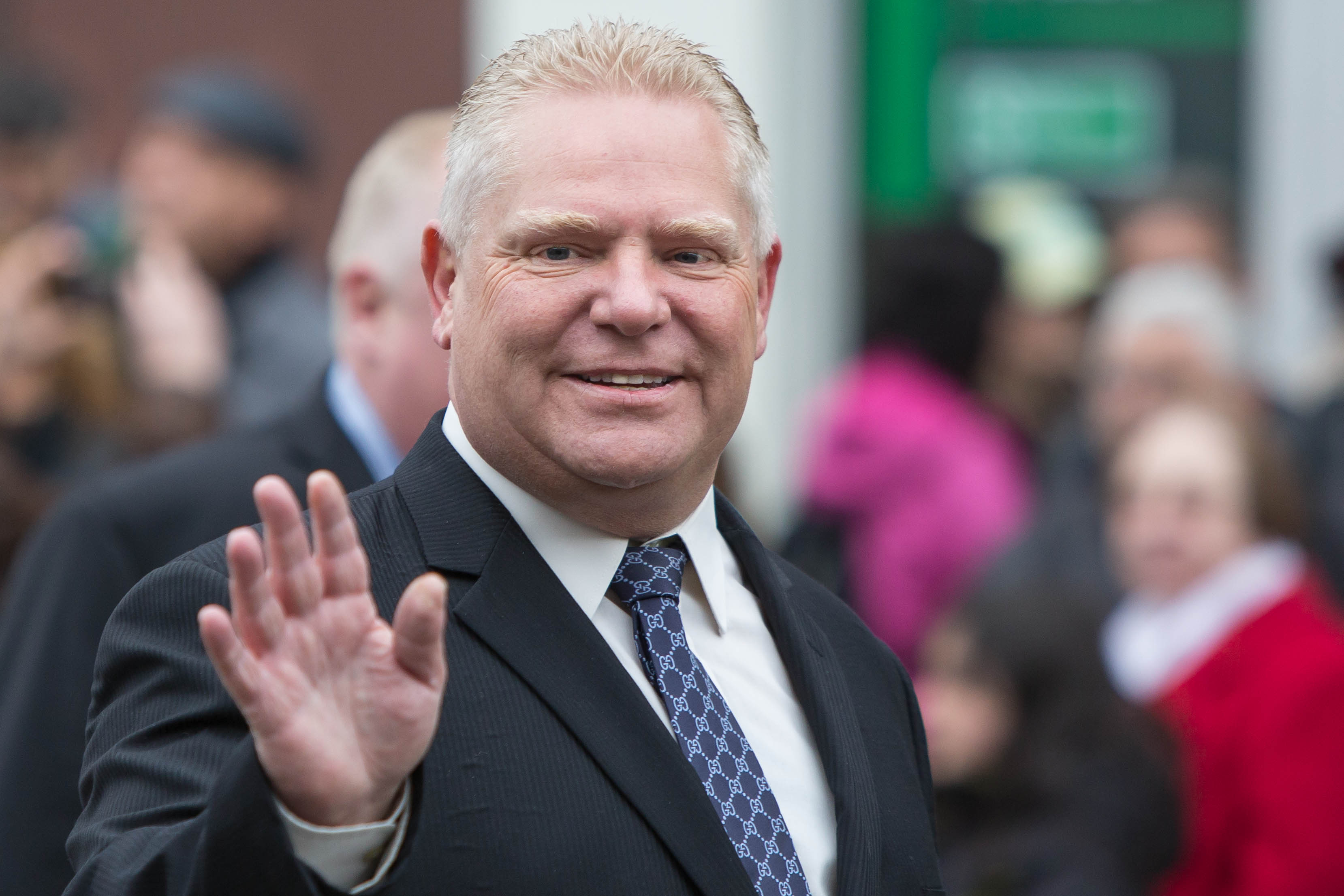Start the countdown to the end of political welfare in Ontario

Ontario’s political welfare system will finally be relegated to the ash heap of history a year from now.
But that’s not nearly soon enough.
Political parties in Ontario have gotten millions of taxpayer dollars four times a year with no strings attached for the past seven years. Political parties receive a specific dollar amount based on the number of votes they received in the most recent election.
About $91.5 million has gone from taxpayers’ wallets into the coffers of political parties since the program was created in 2016.
That includes $34.7 million for the Progressive Conservatives, $30.6 million for the NDP, $21.9 million for the Liberals and $4.3 million for the Greens.
All of that cash transferred from taxpayers to political parties can be spent on anything they want, from lawn signs and attack ads.
How did taxpayers wind up on the hook for such a wasteful program?
Ontario’s political welfare regime was originally the brainchild of former premier Kathleen Wynne.
When Wynne passed legislation in 2016 limiting the ability of third party actors like corporations and unions to donate to political parties, she claimed taxpayer payments were needed to help political parties deal with donation losses.
She was wrong: political parties have never missed a money-raising beat.
But that’s how Ontario taxpayers originally ended up on the hook for political party welfare payments.
When Premier Doug Ford successfully ran against Wynne in 2018, he ran on a platform that included a pledge to end welfare payments to political parties.
Ford declared that he did not “believe the government should be taking money from hard-working taxpayers and giving it to political parties.”
The feds banned corporate and union donations decades ago and their political welfare system was phased out in 2015. Parties at the federal level rely entirely on small-dollar donations.
Ford argued what was good for the goose is good for the gander.
But his tune changed when Ford entered the premier’s office.
At first, Ford announced the political welfare regime would be gradually phased out over a number of years instead of being axed immediately.
Then, when the pandemic came around, Ford used the economic upheaval as an excuse to maintain taxpayer payments to political parties.
During Ford’s first two years in office, he decreased political welfare payments by 13 per cent.
But in 2020 he increased political party subsidies to the highest level they’d been in the province’s history. And he decided the government would take another four years to phase out the program.
Ford’s attorney general claimed the extension of the life of the program was needed to help parties adjust to a more difficult fundraising environment during the pandemic.
But a little digging shows that was all hogwash: Ontario’s political parties raised $16 million in 2021, a record for a non-election year.
The idea that the Ford government is using the pandemic as an excuse to keep political welfare payments rolling until the end of next year is shameful.
Still, in the spirit of the holiday season, taxpayers heading into 2024 can look on the bright side: this will be the final year political welfare payments go out in the province of Ontario.
While that is good news, taxpayers must stay vigilant. Today, taxpayers can see the light at the end of the political welfare tunnel. But Ford needs to be watched like a hawk.
Ford broke his promise to decrease and phase out political welfare once, extending the life of the program by several years. He can’t get away with doing it again.
To help make up for past mistakes and reassure taxpayers he’s on their side, Ford should seize the moment and end political welfare now, not in another year.
Doing so would save taxpayers over $10 million. And it would show taxpayers that Ford is still willing to do the right thing and stand up for the little guy.